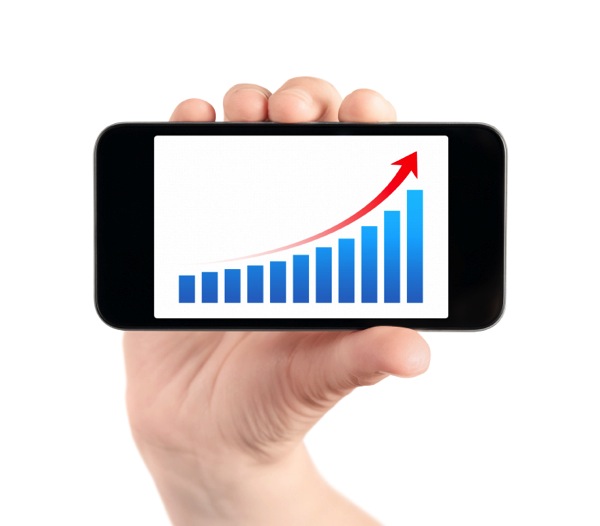It’s been about two weeks now that AT&T legacy subscribers got a shock that AT&T would be raising their prices in June. Verizon is now jumping on that same bandwagon and increasing prices for consumer and business accounts.
Verizon CEO Hans Vestberg first mentioned increasing prices back in April, saying that inflation was to blame. While he did not say they were definitely coming, he instead said that the carrier had “plans to be prepared for what it takes,” including “different types of cost adjustments.”
It has actually been two years since Verizon has raised prices for these customers. Although back in late 2021, the carrier increased prices on customers grandfathered into older plans.
As first reported by Bloomberg (and confirmed by Verizon reps), Verizon has taken an interesting approach to how they are advertising the rising prices. Instead of raising the actual plans, they will instead begin adding a new “economic adjustment charge” to your bill every month.
According to Verizon, the “economic adjustment charge” will be $1.35 per voice line for consumers. Note that we said voice as the increase applies only to voice lines per account.
Business customers will receive a larger increase every month, with data plans increasing by $2.20 per month and “basic service plans” increasing by $0.98 per month.
Verizon began alerting consumers of this new “economic adjustment charge” yesterday, while it has also been in direct contact with “some of its larger corporate clients” recently. They say pricing will go up starting in June and the “economic adjustment charge” will apply to ALL plans.



